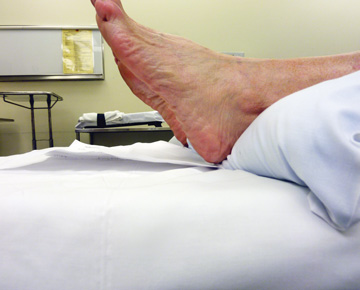At my most recent full-time clinical role in a hospital, there was a significant issue with post-op infections in patients who underwent colon procedures. We instituted a colon bundle that included prewarming patients for at least 30 minutes and SSIs in these patients dropped significantly. The results were so good that by the time I left, the hospital was considering prewarming all surgical patients.
The proposed expansion was a good idea. Research shows that poor outcomes such as SSIs, pressure injuries, prolonged recovery times and patient dissatisfaction occur when you don’t maintain patients’ core temperatures. Here are the important things to keep in mind if you’re trying to institute a warming program at your facility.
• Start in pre-op. Patients’ core temperatures often drop from the time they leave pre-op to the time they’re positioned on the OR table. There are multiple reasons for this, including the fact that many facilities still use warmed cotton blankets instead of active warming measures. Things only get worse once patients are in the OR, where they’re in a room that’s significantly colder and they’re wearing nothing but a gown. Cotton blankets do a much better job helping to maintain patients’ surface temperatures than they do with keeping core temperatures where they need to be — at 36°C.
An active warming protocol is better suited to maintaining patients’ internal temperatures, which is what matters when it comes to infection prevention. There’s no such thing as too much warming, so I recommend keeping patients actively warmed for at least 30 minutes in pre-op. Prewarming helps to ensure patients are able to remain normothermic once they enter the cold OR environment. Maintaining normothermia is important in all three phases of care, but it all starts in the pre-op bay.
.svg?sfvrsn=be606e78_3)

.svg?sfvrsn=56b2f850_5)